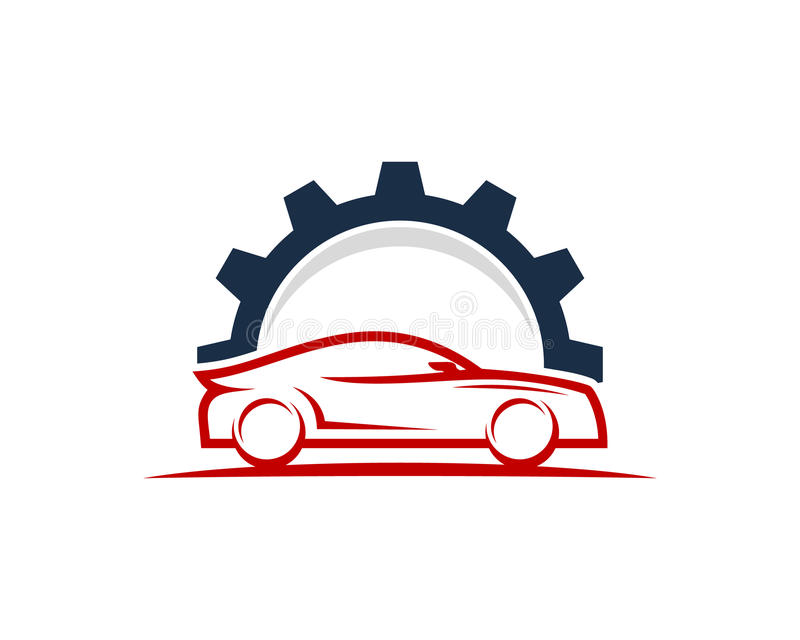Self-Driving
Accelerate your autonomous driving development with our expert data annotation services

Self-Driving
Data annotation
for self-driving vehicles
Data annotation is a critical process for the development of
self-driving vehicles. It involves the manual labeling of various types of
data, such as images, videos, and sensor readings, to enable machine learning
algorithms to learn from them. The process is essential for creating accurate
and reliable algorithms that can make autonomous driving possible.
There are several
techniques used for data annotation for self-driving vehicles. These techniques
include
- Image
segmentation: This technique involves dividing an image into different
regions and labeling each region with a specific object or feature. For
example, a self-driving car's camera captures an image of a road with a
car, a pedestrian, and a traffic light. The image is then segmented, and
each region is labeled with the corresponding object.
- Object
detection: This technique involves detecting objects within an image or
video and labeling them accordingly. Object detection is critical for
self-driving vehicles because it enables them to identify and avoid
obstacles on the road. This technique is commonly used in conjunction with
machine learning algorithms that can learn to detect objects in real-time.
- LiDAR
point cloud labeling: LiDAR sensors are commonly used in self-driving
vehicles to detect obstacles in their surroundings. LiDAR sensors emit
laser beams that bounce off surrounding objects and create a 3D map of the
environment. This technique involves manually labeling the objects
detected in the LiDAR point cloud, such as buildings, trees, and other
vehicles.
- Semantic
segmentation: This technique involves assigning a label to each pixel in
an image or video. Semantic segmentation is useful for self-driving
vehicles because it enables them to differentiate between different
objects and their surroundings. For example, a self-driving car can
differentiate between a road and a sidewalk, allowing it to stay within
its lane.
- Data
augmentation: This technique involves artificially generating new data
from existing data to increase the size and diversity of the dataset. Data
augmentation is essential for improving the accuracy and robustness of
machine learning algorithms, especially in cases where data is limited.
In conclusion, data annotation is a critical process for the
development of self-driving vehicles. The techniques used for data annotation,
such as image segmentation, object detection, LiDAR point cloud labeling,
semantic segmentation, and data augmentation, play a significant role in
creating accurate and reliable machine learning algorithms that can enable safe
and efficient autonomous driving.